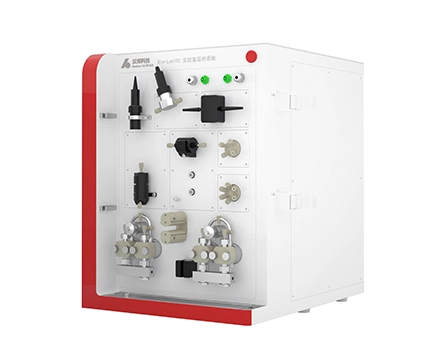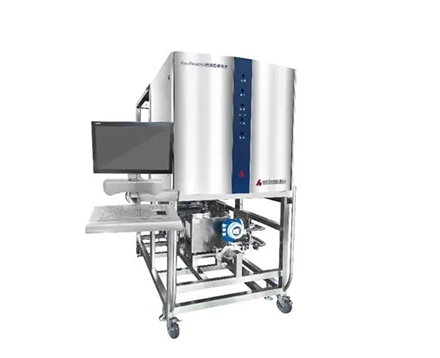



Linear scale-up is the most common principle used in process scale-up. By linear scale-up, we mean that we can obtain almost uniform chromatographic results from laboratory scale to pilot results or industrial production level. The core idea is to keep the column height and linear flow rate constant and only scale up the column diameter and volume flow rate. A fixed column height and linear flow rate theoretically ensures the same retention time, the number of CVs used in chromatography and the number of CVs of the eluted sample, maximizing the same purification results. Theoretically, this linear scale-up of the purification separation behavior should be very similar, thus ensuring a successful scale-up of the chromatographic process. However, some additional factors need to be considered, including a decrease in column tube support (increased pressure drop), column efficiency/column bed instability, sample diffusion (peak spreading), and dead volume of the system and tubing.
When comparing results from columns of different sizes, it is convenient to express the flow rate as a linear flow rate (cm/h). However, flow rates are often measured as volumetric flow rates (ml/min). In order to convert between linear and volumetric flow rates, one of the following equations can be used .
Linear flow rate (cm/h) to volumetric (ml/min) flow rate
Volumetric flow rate (ml/min) = linear flow rate (cm/h) / 60 x column cross-sectional area (cm2)
=Y/60×π×d2/4
Y = linear flow rate (cm/h)
d = internal diameter of the column (cm)
e.g.:
There is a glass column (inner diameter 1.6 cm), when the linear flow rate is 150 cm/h, what is the volumetric flow rate?
Y=Linear flow rate = 150cm/h
d = inner diameter of the column = 1.6 cm
Volumetric flow rate = 150 x π x 1.6 x 1.6/(60 x 4)
From volumetric flow rate (ml/min) to linear flow rate (cm/h)
Linear flow rate (cm/h) = volumetric flow rate (ml/min) x 60/column cross-sectional area (cm2)
=Z×60×4/π×d2
Z = volumetric flow rate of the column (ml/min)
d = inner diameter of the column (cm)
e.g.:
There is a glass column (inner diameter 0.5 cm), when the volumetric flow rate is 1 ml/min, what is the linear flow rate?
Z = volumetric flow rate of the column = 1 ml/min
d = inner diameter of the column = 0.5 cm
Linear flow rate = 1 x 60 x 4/(π x 0.5 x 0.5) cm/h = 305.6 cm/h